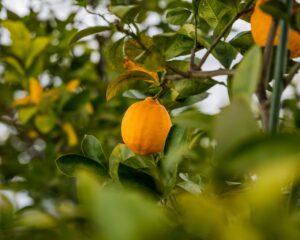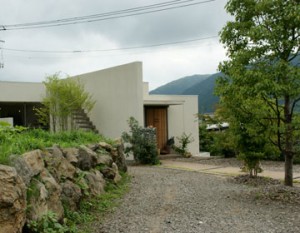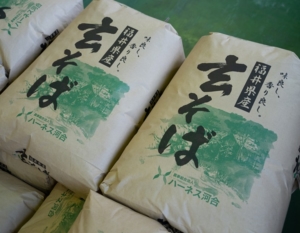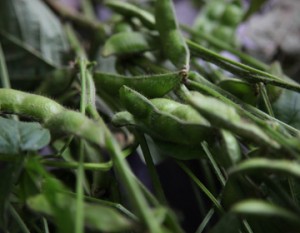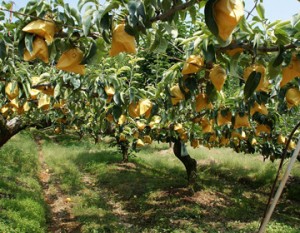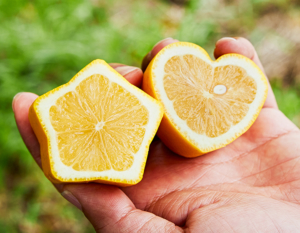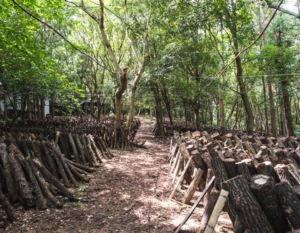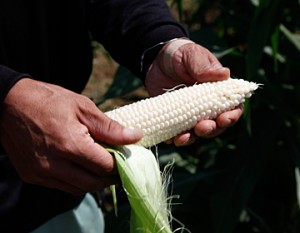Representing Tokushima since ancient times
Squeezing sudachi on a freshly grilled fatty saury, or adding grated sudachi rind mixed with ”wasabi” for ”sashimi”… It is interesting how much a squeeze of ”sudachi” can enhance the taste of a meal that we enjoy on a daily basis. In particular, it has great chemistry with foods available in the fall. It has become an important staple for luxury Japanese style restaurants.
Tokushima is the birthplace of ”sudachi”. The old document ”Kojiki” includes a story about a person called Tajimamori who was sent by the Emperor across the ocean to ”Tokoyo no kuni” or utopia, to find and bring back a fruit called ”Tokijiku no kagu no konomi” which emitted a lasting fragrance throughout the year.
It is currently thought that his fruit is ”tachibana” (Citrus tachibana), but since ”tachibana” is the original species of ”sudachi”, some local historians have insisted that ”He found the original species of sudachi in Awa, Tokushima!”. This is representative of the important role of ”sudachi” in Tokushima. Needless to say, Tokushima is the top producer of ”sudachi” and accounts for 97% of the nation’s entire market.

Breeding to create a variety with less seeds
When you cut a sudachi horizontally in half, you find that it has some rather large seeds. Despite its small size, ”sudachi” usually has about ten seeds. The prefectural Kaju Kenkyusho has been involved in developing seedless varieties. In 2004, a variety named 3X1 also known as ”New Sudachi” was born. They are continuing to improve on the ”3X family” to popularize ”sudachi”.
In Tokushima, ”sudachi” plays an important supporting role for various dishes. It is not only used for grilled fish and sashimi, the juice is added to ”shochu”, as well as used to make juices and ice cream. Sliced ”sudachi” is used for ”sugatazushi” (whole fish sushi) of ”aji” (horse mackerel) and ”boze” (Japanese butterfish), and also used as a garnish for ”tarai udon” noodles, ”handa somen” noodles and Tokushima ”ramen”. It is an essential part of local cuisine.
Perhaps it would be a good idea to follow their lead, and enjoy the aroma with our meals.





